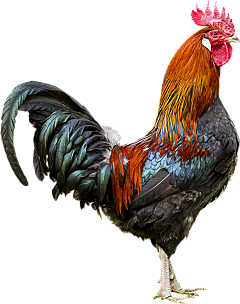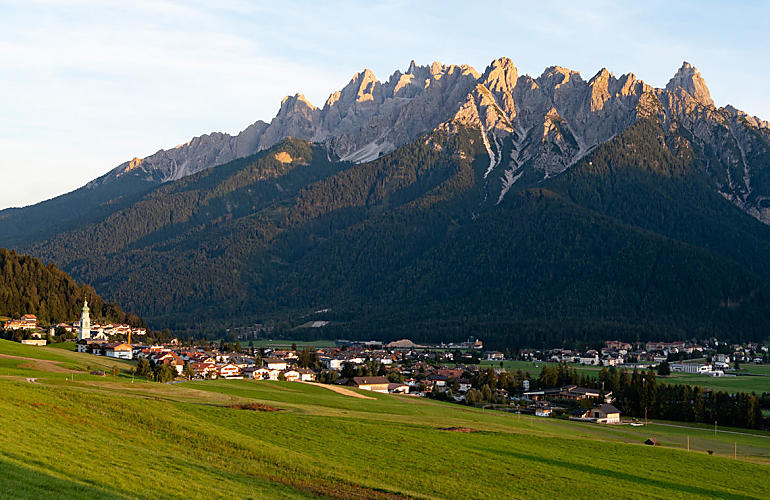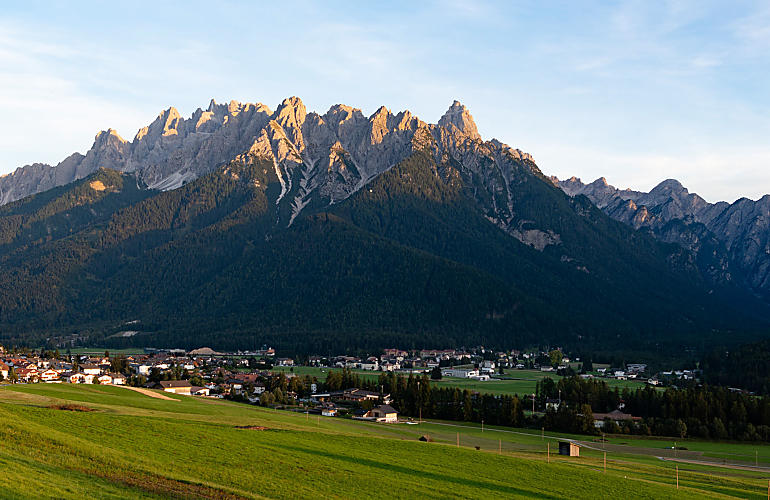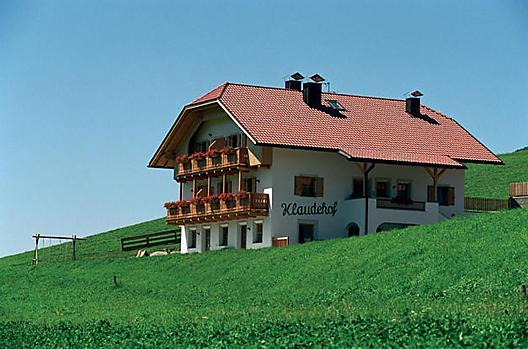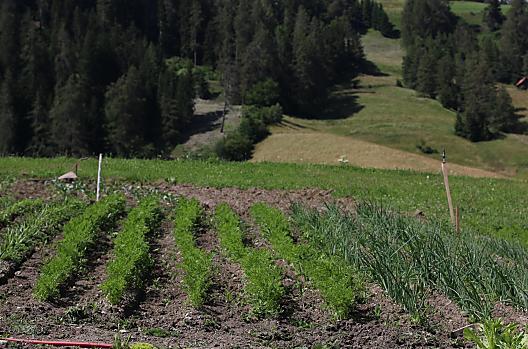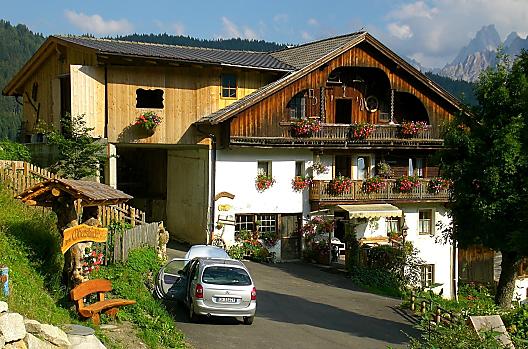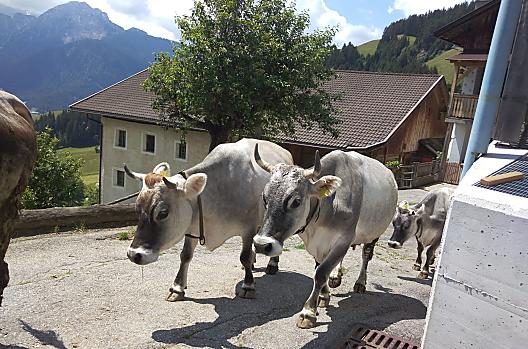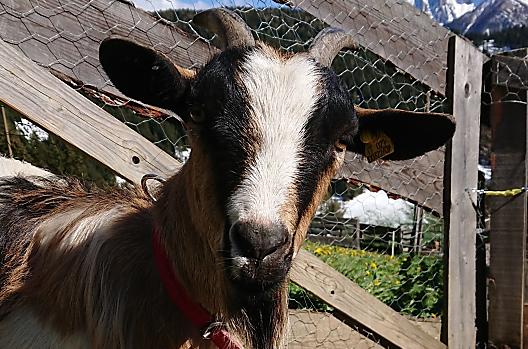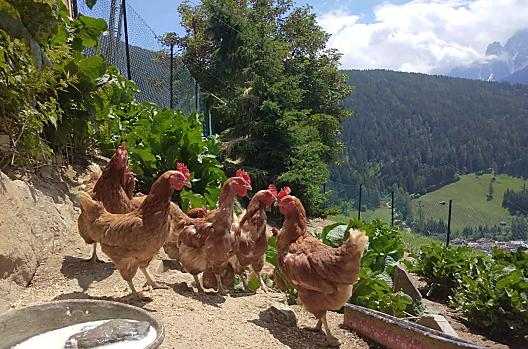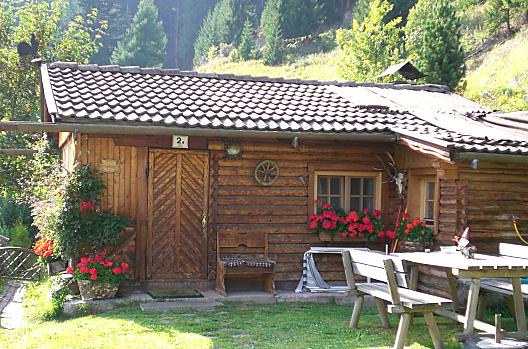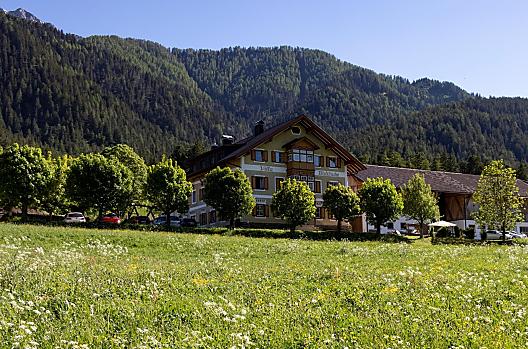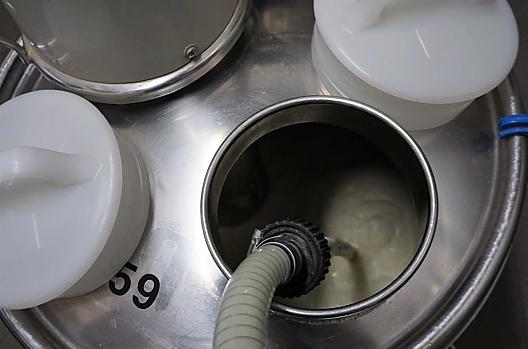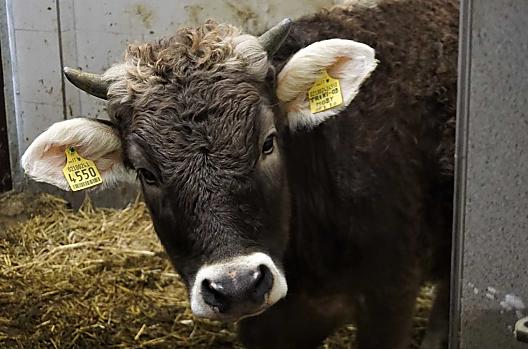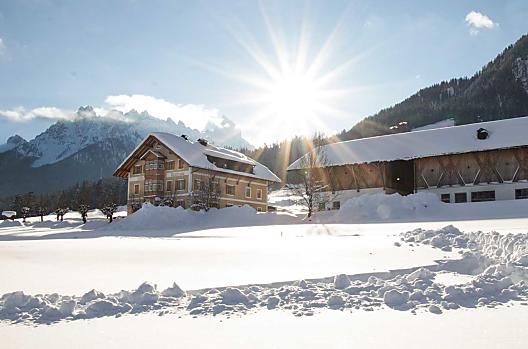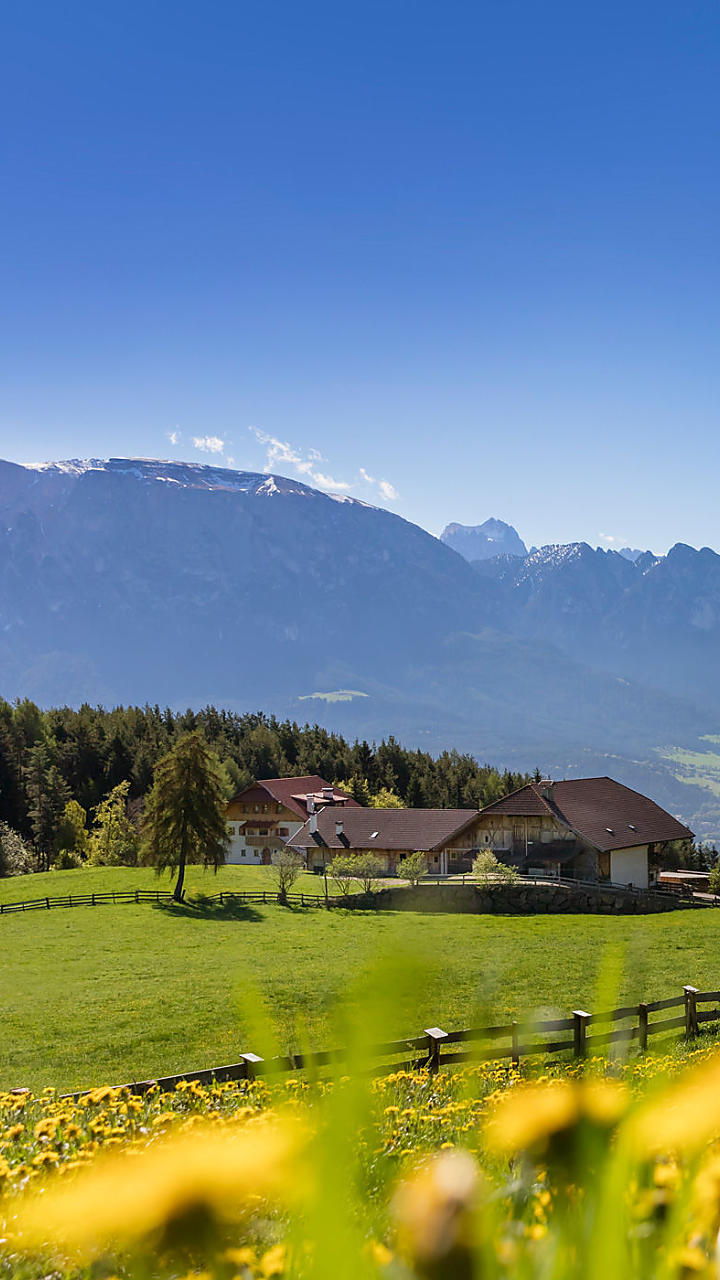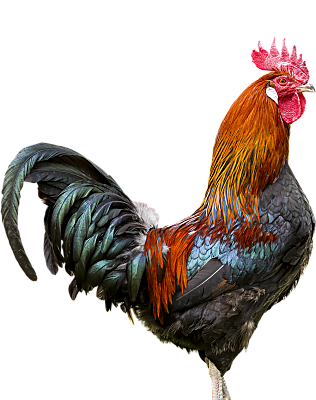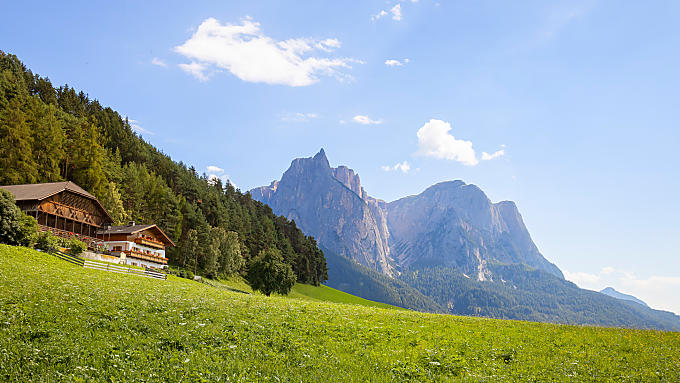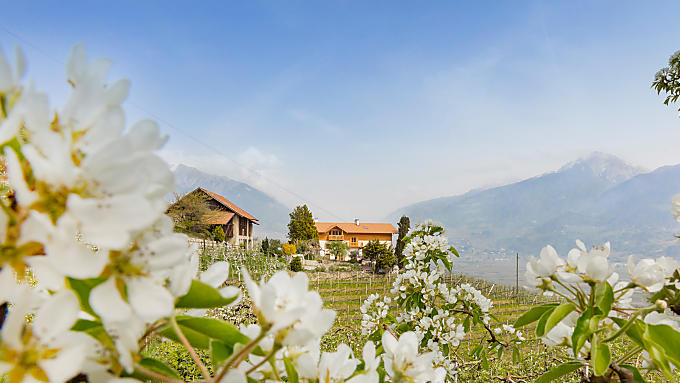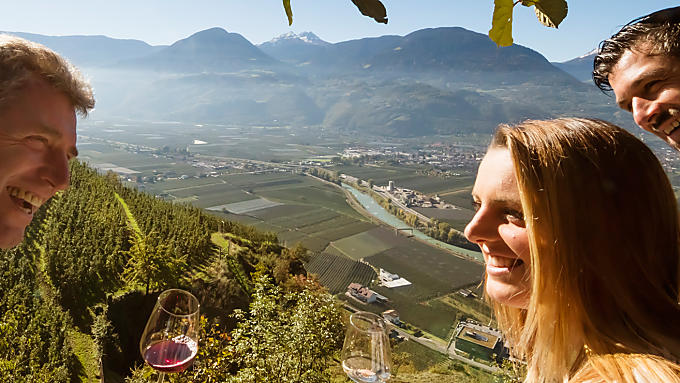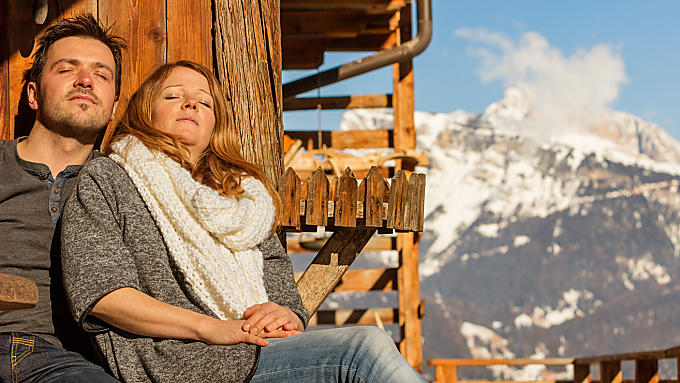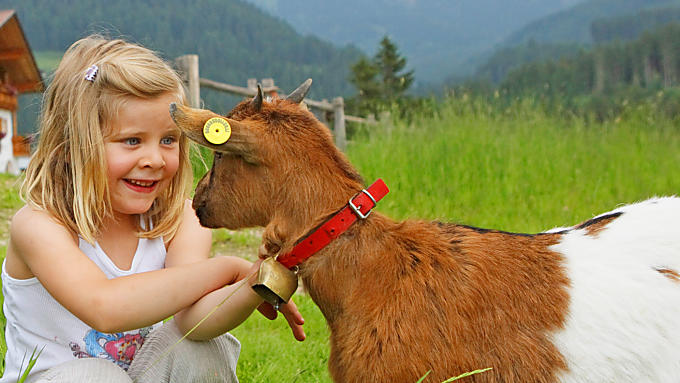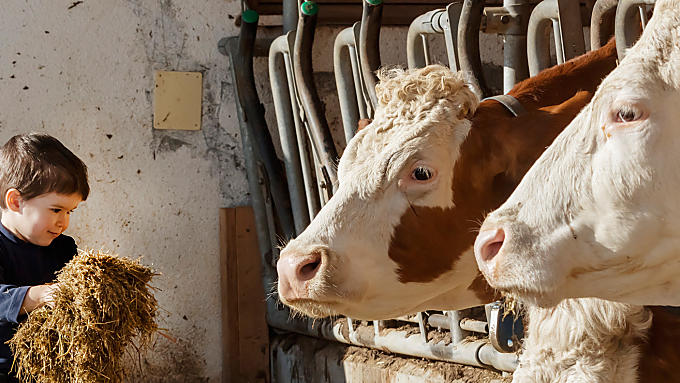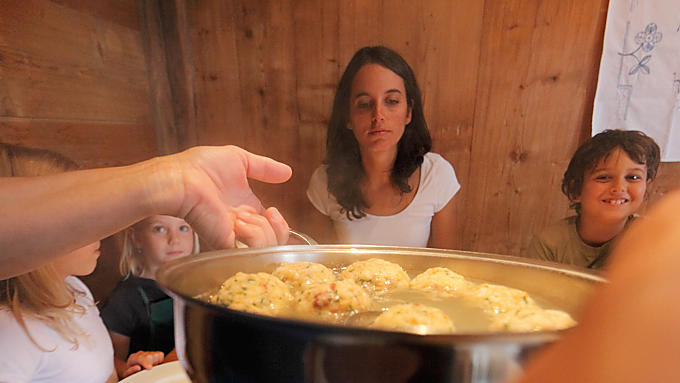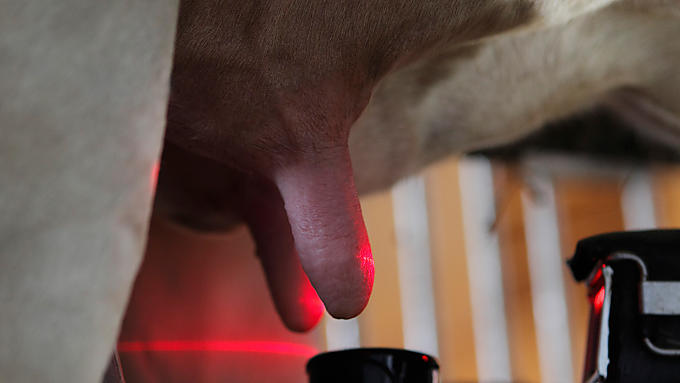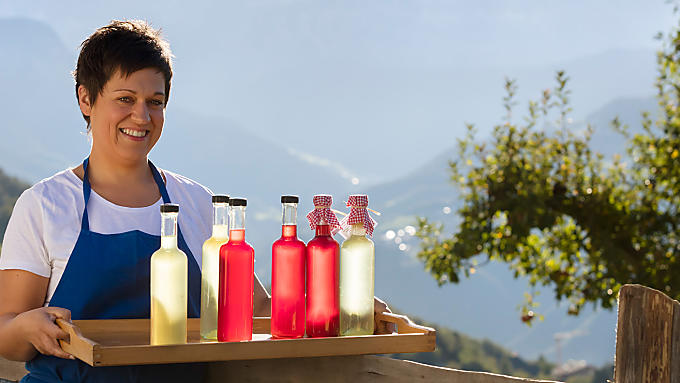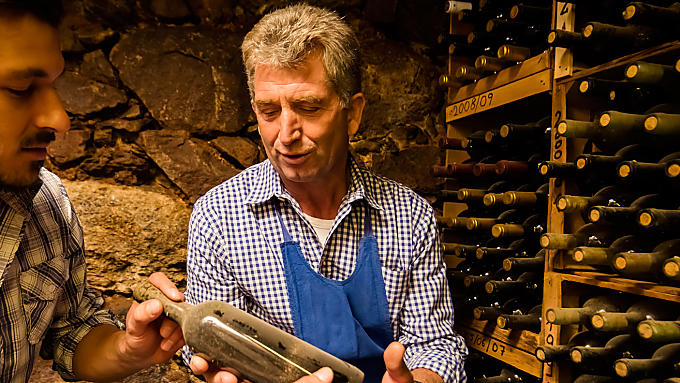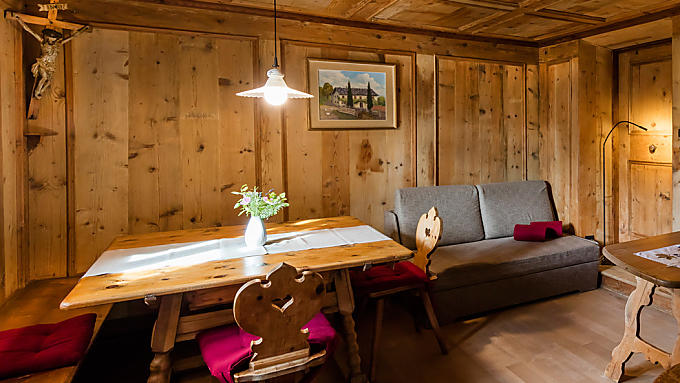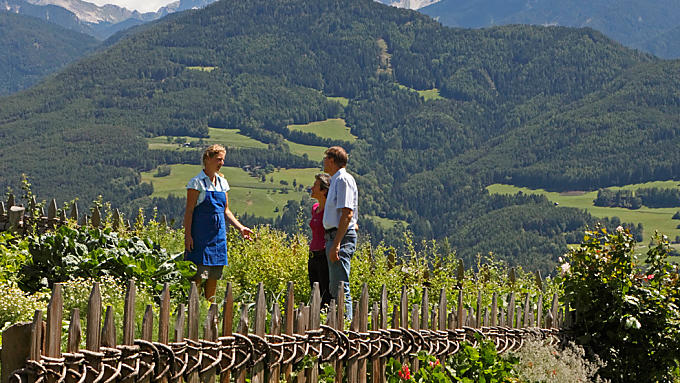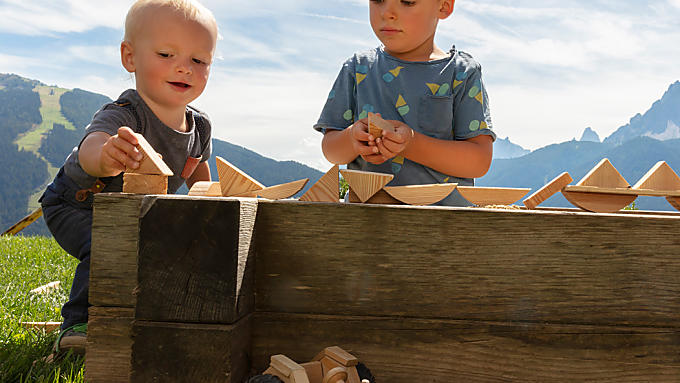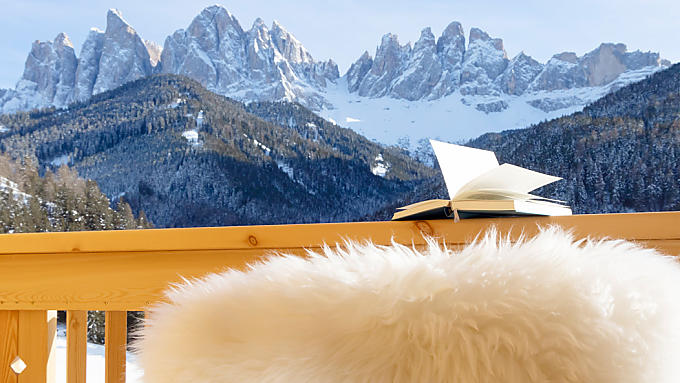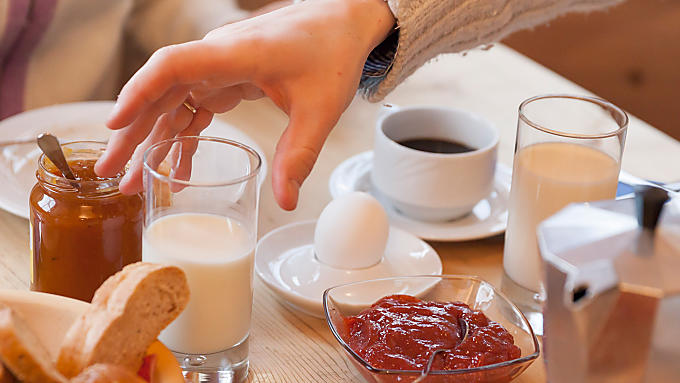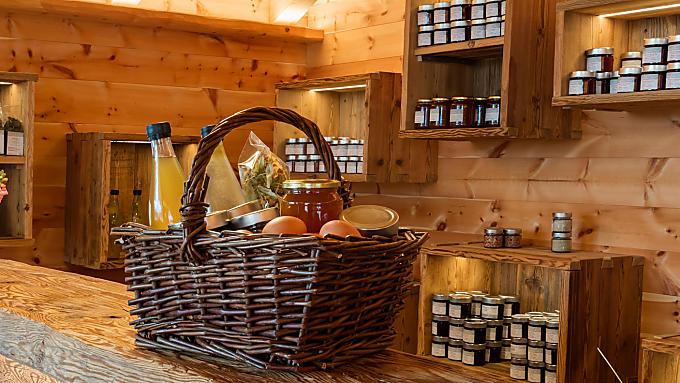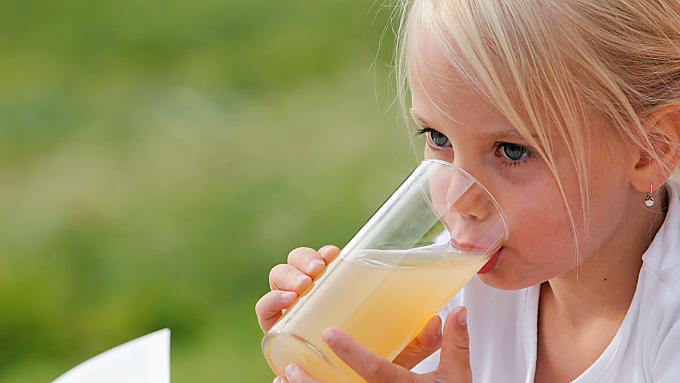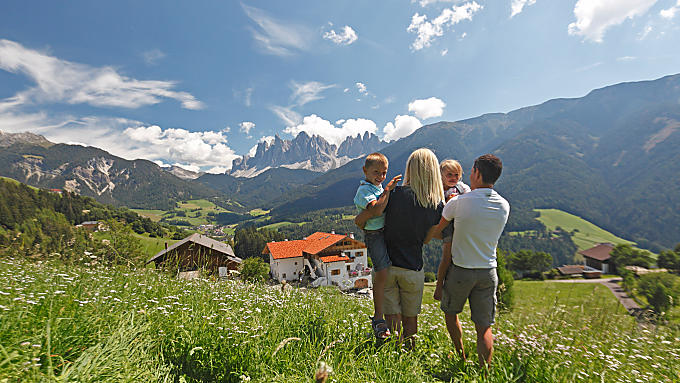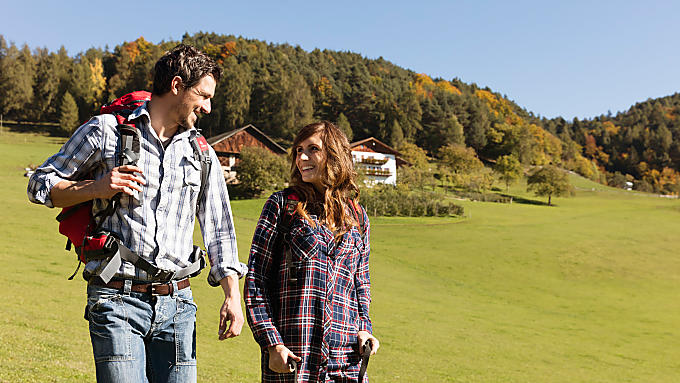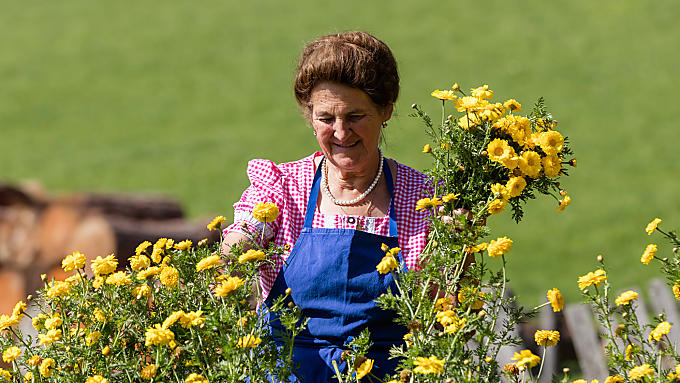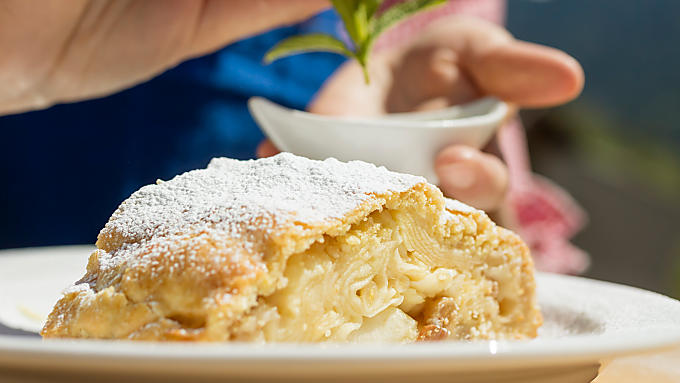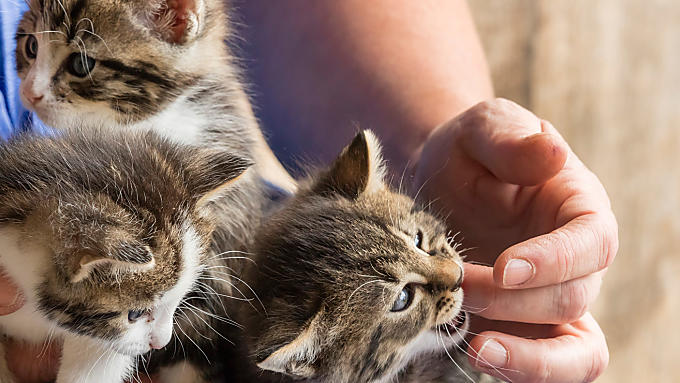Holiday location
Farm Holidays in Toblach
A Farm Holiday in Toblach is as varied as the municipality itself: cultural holiday, active holiday and cheesy delights.
Toblach, the gateway to the Dolomites, stretches from 1,182 metres above sea level to the 3,000-metre-high peaks of the Dolomites and the Villgraten mountains and has a border with the Drei Zinnen and Fanes-Sennes-Prags Nature Parks. The municipality comprises Alt-Toblach and Neu-Toblach as well as the villages of Aufkirchen, Wahlen and Silvestertal valley. The village centre lies on a gently ascending scree cone above Toblacher Feld, a wider point in the valley that opens up to the southern Höhlensteintal and northern Silvestertal valleys. The source of the Drau river is here and and heads eastwards.
A Farm Holiday in Toblach is as varied as the municipality itself: cultural holiday, active holiday and cheesy delights.
Toblach, the gateway to the Dolomites, stretches from 1,182 metres above sea level to the 3,000-metre-high peaks of the Dolomites and the Villgraten mountains and has a border with the Drei Zinnen and Fanes-Sennes-Prags Nature Parks. The municipality comprises Alt-Toblach and Neu-Toblach as well as the villages of Aufkirchen, Wahlen and Silvestertal valley. The village centre lies on a gently ascending scree cone above Toblacher Feld, a wider point in the valley that opens up to the southern Höhlensteintal and northern Silvestertal valleys. The source of the Drau river is here and and heads eastwards.
Lakeside calm
Toblacher See lake, with a circumference of 4.5 kilometres, is not particularly large and yet it is something special. This shallow stretch of water, set at 1,259 metres above sea level on the border with the Sexten Dolomites in Fanes-Sennes-Prags Nature Park, came about thanks to a rockfall in ancient times. The lake is one of the few remaining wetlands in South Tyrol and provides a habitat to numerous animals and plants. While walking around the lake, you can find out about the flora, fauna and geomorphology of the place. Bunkers were constructed around Toblacher See lake during the Second World War, which form part of the so-called Alps Wall that Mussolini had built to protect access to Italy. Another lake belongs to the municipality of Toblach – Dürrensee lake. This lies at 1,406 metres above sea level and is part of the Drei Zinnen Nature Park, with Fanes-Sennes-Prags Nature Park directly flanking its west bank. Both lakes are protected natural monuments. The Rienz, which is the river flowing right through the Pustertal valley, has its source at the foot of the Drei Zinnen in the municipality of Toblach. It crosses Höhlensteintal valley and turns off west to the Pustertal valley at Toblach.
The best thing about music…
...is not the notes. The composer Gustav Mahler was very keen on Toblach: “It is wonderful here and good for body and soul.“ He spent a large part of the summer months between 1908 and 1910 in his composing house in Toblach and wrote his famous 9th symphony, as well as 'Das Lied der Erde', here. Nowadays, the Gustav Mahler Music Weeks, taking place every year in the splendid halls of Grand Hotel Toblach where he stayed, are held in commemoration of him. Yet Mahler is not the only musical presence in here: Hochpustertal International Choir Festival is held every year in Toblach. The fascinating feature of this large-scale event is the variety of the programme, including folk songs, gospels and classical compositions from all over the world and the location. The choirs not only perform in concert halls, but on public squares, in churches and castles and even in rustic mountain huts in the middle of the Dolomites.
Lakeside calm
Toblacher See lake, with a circumference of 4.5 kilometres, is not particularly large and yet it is something special. This shallow stretch of water, set at 1,259 metres above sea level on the border with the Sexten Dolomites in Fanes-Sennes-Prags Nature Park, came about thanks to a rockfall in ancient times. The lake is one of the few remaining wetlands in South Tyrol and provides a habitat to numerous animals and plants. While walking around the lake, you can find out about the flora, fauna and geomorphology of the place. Bunkers were constructed around Toblacher See lake during the Second World War, which form part of the so-called Alps Wall that Mussolini had built to protect access to Italy. Another lake belongs to the municipality of Toblach – Dürrensee lake. This lies at 1,406 metres above sea level and is part of the Drei Zinnen Nature Park, with Fanes-Sennes-Prags Nature Park directly flanking its west bank. Both lakes are protected natural monuments. The Rienz, which is the river flowing right through the Pustertal valley, has its source at the foot of the Drei Zinnen in the municipality of Toblach. It crosses Höhlensteintal valley and turns off west to the Pustertal valley at Toblach.
The best thing about music…
...is not the notes. The composer Gustav Mahler was very keen on Toblach: “It is wonderful here and good for body and soul.“ He spent a large part of the summer months between 1908 and 1910 in his composing house in Toblach and wrote his famous 9th symphony, as well as 'Das Lied der Erde', here. Nowadays, the Gustav Mahler Music Weeks, taking place every year in the splendid halls of Grand Hotel Toblach where he stayed, are held in commemoration of him. Yet Mahler is not the only musical presence in here: Hochpustertal International Choir Festival is held every year in Toblach. The fascinating feature of this large-scale event is the variety of the programme, including folk songs, gospels and classical compositions from all over the world and the location. The choirs not only perform in concert halls, but on public squares, in churches and castles and even in rustic mountain huts in the middle of the Dolomites.
Farm search
Holiday farms in Toblach
3 reasons
A holiday in Toblach
From mountain to cheese
As in the remainder of the Hochpustertal valley, livestock farming plays a major role in Toblach. Cattle may graze on the extensive meadows around holiday flats or rooms in Toblach just as they did 100 years ago. Dairy farming has a 120-year-old tradition in Toblach, which may be explored in the Drei Zinnen show dairy. The cheese from Upper Pustertal valley may be tasted too, of course.
As in the remainder of the Hochpustertal valley, livestock farming plays a major role in Toblach. Cattle may graze on the extensive meadows around holiday flats or rooms in Toblach just as they did 100 years ago. Dairy farming has a 120-year-old tradition in Toblach, which may be explored in the Drei Zinnen show dairy. The cheese from Upper Pustertal valley may be tasted too, of course.

